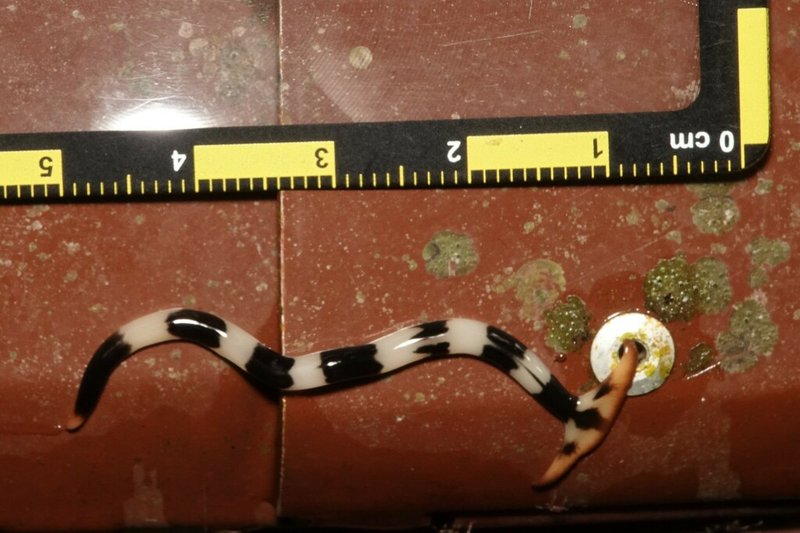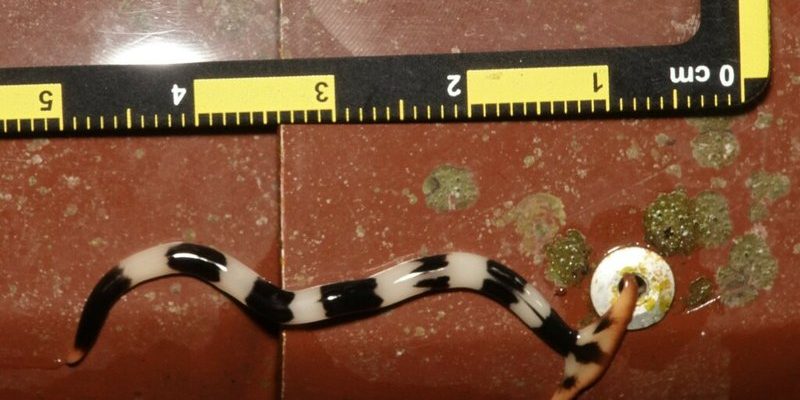
So, why should you care about how these worms reproduce? Well, understanding their *mating*, *egg-laying*, and *larval* stages gives us a peek into the complexity of life forms that share our planet. It’s a bit like watching a nature documentary unfold in your backyard, only without the dramatic narration. Let’s dig into the details of Malayan hammerhead worms and their approach to reproduction—trust me, it’s quite the journey!
Understanding the Malayan Hammerhead Worm
The Malayan hammerhead worm is a species known scientifically as *Bipalium kewense*. You can spot them by their unusual shape and vibrant dark colors, often contrasted against lighter surfaces. These worms are native to Southeast Asia, but they’ve made their way to other parts of the world, sometimes raising eyebrows among gardening enthusiasts.
These worms are predatory, feasting primarily on earthworms. Their slimy, flat bodies allow them to easily glide through soil and leaf litter, hunting down their unsuspecting prey. While they do serve an important ecological role in controlling other worm populations, their reproductive process makes them even more fascinating. So, let’s talk about how they carry on their lineage.
Mating Rituals of the Malayan Hammerhead Worm
When it comes to mating, the Malayan hammerhead worm pairs up in a rather unique way. Unlike many animals, these worms don’t rely heavily on elaborate courtship rituals. Instead, they can often be seen entwined with each other, exchanging sperm with a partner. You might liken it to a handshake, but in the worm world, this is a critical step in reproduction.
Their mating typically occurs during warm, humid conditions. This creates a perfect environment for them to thrive. Once they find a partner, they align themselves head-to-head in a dance of sorts, with their bodies curling around each other. This position allows them to exchange sperm efficiently, ensuring that both worms are ready to produce offspring.
Egg-Laying Process
After a successful mating session, the next step is laying the eggs. It’s quite fascinating how worms do this. Malayan hammerhead worms produce their eggs in *cocoons*, which offer a protective environment for the developing larvae. Typically, a single worm can lay anywhere from 30 to 100 eggs at a time!
These cocoons are usually deposited in moist soil or decaying organic matter, where they’ll remain safe from predators. The great thing about cocoons is they’re designed to withstand various environmental conditions, ensuring the survival of future generations. You might think of it as a cozy little nursery where the next generation of hammerhead worms can grow.
The Larval Stage: What Happens Next?
Once laid, it’ll take several weeks for the eggs to hatch, depending on environmental conditions like temperature and moisture. After hatching, the tiny hammerhead worms resemble miniature adults. They are already equipped to navigate their surroundings and begin hunting for food almost immediately.
During this larval stage, their primary focus is growth and survival. They consume smaller soil organisms and gradually develop into adults. Here’s the interesting part: during this growth phase, they can regenerate body parts if needed. So if a predator tries to snack on one of them, they can often grow back the lost segment, much like a superhero recovering from a battle.
Factors Affecting Reproduction
Several external factors can influence the reproduction of Malayan hammerhead worms. Temperature and humidity play significant roles. These worms thrive in warm, moist conditions, which are typically found in tropical climates. Changes in these conditions can affect their mating success and the survival of their eggs.
Additionally, habitat destruction can pose a threat to their populations. As humans expand farmland or urban areas, natural environments where these worms thrive diminish. So, the more we understand about their reproduction and habitat needs, the better we can protect these creatures and their environment.
Ecological Impact of the Malayan Hammerhead Worm
You might be wondering why we should care about the reproductive habits of this worm. Well, the Malayan hammerhead worm plays an essential role in the ecosystem. By controlling earthworm populations, they help maintain a balance in the soil community.
Moreover, their presence can indicate soil health. A diverse worm population, including hammerhead worms, can enhance nutrient cycling and soil structure, benefiting plants and other organisms in the ecosystem. So, understanding their reproduction isn’t just a worm-watching pastime; it helps us appreciate the intricate web of life that supports our environment.
In conclusion, the *Malayan hammerhead worm’s* reproduction process is a captivating topic that intertwines with many aspects of ecology. From their unique mating practices to their clever egg-laying techniques and resilient larvae, these worms remind us of the interconnectedness of life. As we learn more about these extraordinary creatures, we gain insight into the broader ecological systems that sustain all forms of life around us.
So, next time you see a hammerhead worm in your garden or hear about them in a conversation, you can impress your friends with some pretty interesting facts! Understanding these little critters can spark curiosity about the world beneath our feet and the intricate dance of life that goes on every day, often unnoticed.

